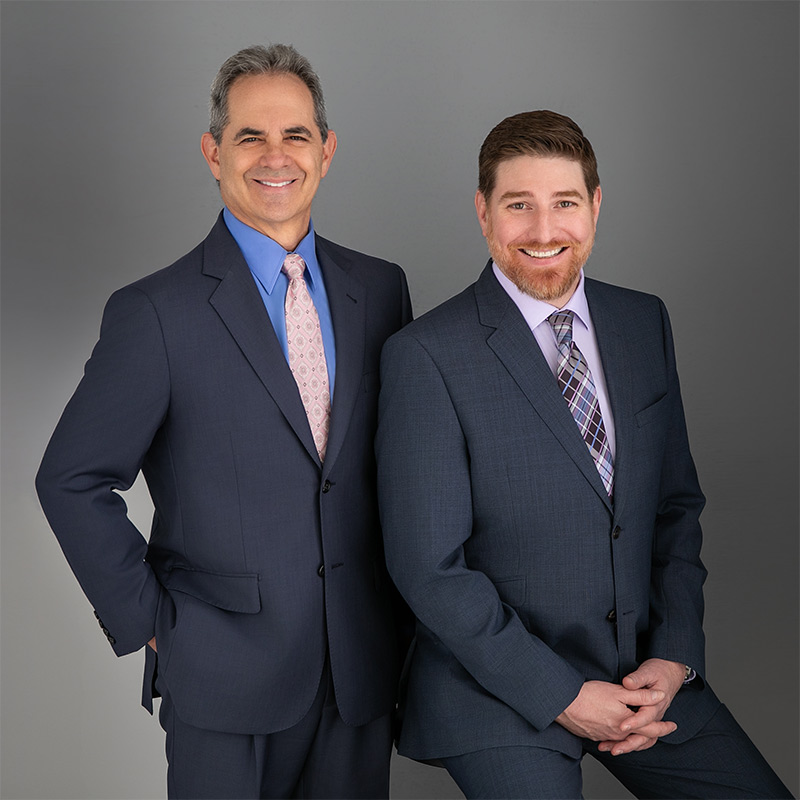The Consumer Buyer’s Guide which hasn’t been updated since 1985, requires all used car dealers to disclose warranty information in writing before the sale of any vehicle. The Buyers Guide should be displayed on the vehicle so customers can see the front and back as they look at the vehicle. Any car dealer or person selling 6 or more motor vehicles in a 12 month period is required to follow the FTC Buyers Guide Rule. This includes posting a Buyers Guide on every car, truck, trailer, ATV, jet ski, RV, semi truck, or any vehicle with a loaded gross vehicle weight rating of less than 8,500 pounds, a curb weight of less than 6,000 pounds, and frontal area of less than 46 square feet. The only exemptions to the FTC Buyers Guide rule are motorcycles, some agricultural equipment, and any State Certified Salvage dealer selling a car for junk, salvage, or parts. All States, the District of Columbia, Guam, American Samoa, Puerto Rico, and the US Virgin Islands require dealers to abide by the FTC Buyers Guide rule. Maine and Wisconsin have there own state laws and warranty disclosure documents that protect buyers during a vehicle transaction. Special Agents of the Federal Trade Commission conduct what are called “Buyers Guide Audits”. They will come to a city without notice and inspect every dealer in the area. These agents operate all over the country to make sure all dealers are complying buy the Federal Trade Commission’s Buyers Guide Rule.
The National Association of Attorneys General says it is time to protect buyers from rebuilt wrecks. The changes involve adding additional information on whether a vehicle was badly damaged in a crash or flood or bought back by the automaker as a lemon. The current emphasis on warranty information needs to be changed as well.
The National Automobile Dealers Association, however, opposes adding such information, which it said constitutes “far-reaching changes” that would “impose significant, costly, and in some cases, impossible burdens on used car dealers.” The attorneys general association said that requiring more information, included from the National Motor Vehicle Title Information System system, would cost little “and would result in an effective and efficient federal double-faceted assault on used-car fraud.” This information system requires all states, as well as insurance companies and junk yards, to report vehicles so badly damaged they were considered totaled and not worth repairing. Consumers can check vehicle identification numbers at a government Web site, but many people don’t know that such valuable information is available therefore, adding a vehicle’s history to the Buyer’s Guide would be a great help to buyers.





 By the end of 2009 the Volkswagen / Porsche merger will be completed with VW purchasing almost 50% of Porsches shares. Then the real work begins! Integrating Porsche and nine other brands under the VW Group (Also known as “Auto Union”) will not be easy.
By the end of 2009 the Volkswagen / Porsche merger will be completed with VW purchasing almost 50% of Porsches shares. Then the real work begins! Integrating Porsche and nine other brands under the VW Group (Also known as “Auto Union”) will not be easy.  As the Los Angeles Convention Center prepares for this years L.A. Auto Show spectators will find a little less ‘flash’ in the showroom. Even though Southern California is one of their biggest markets, car makers like Bentley, Ferrari, Maserati and Lamborghini will be no-shows. For the consumer looking for the ‘green’ car, there won’t be many of them either.
As the Los Angeles Convention Center prepares for this years L.A. Auto Show spectators will find a little less ‘flash’ in the showroom. Even though Southern California is one of their biggest markets, car makers like Bentley, Ferrari, Maserati and Lamborghini will be no-shows. For the consumer looking for the ‘green’ car, there won’t be many of them either. President Obama’s goal of
President Obama’s goal of 

